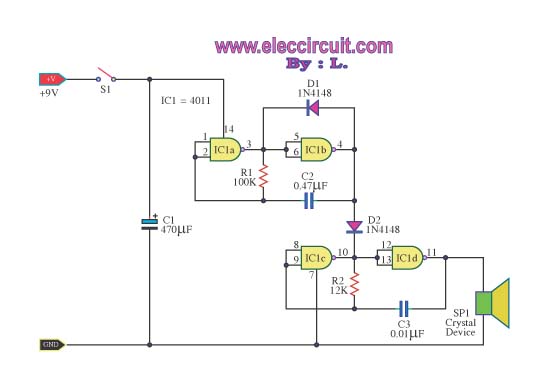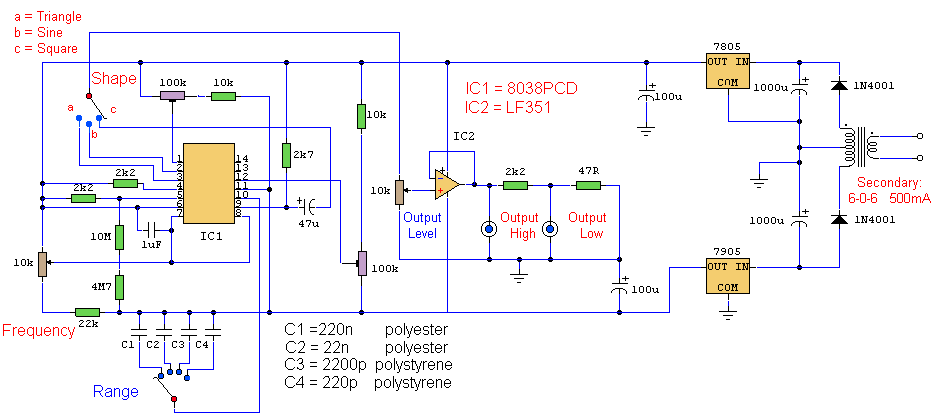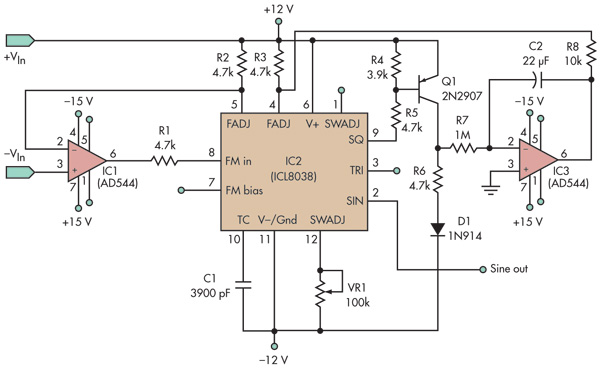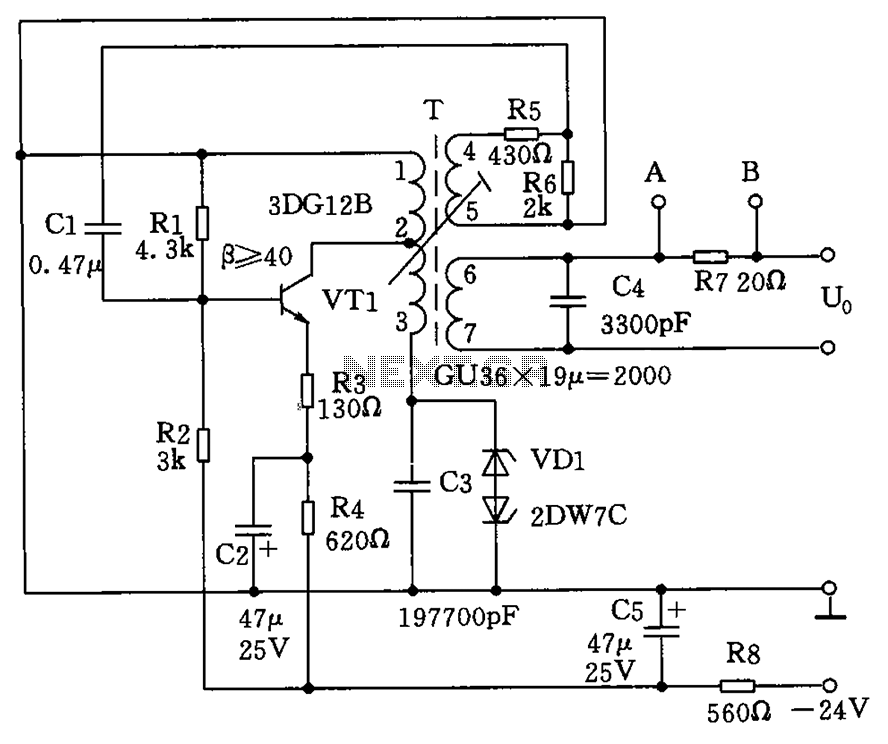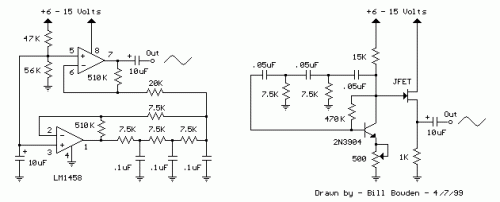
Kapanadze Free Energy Generator
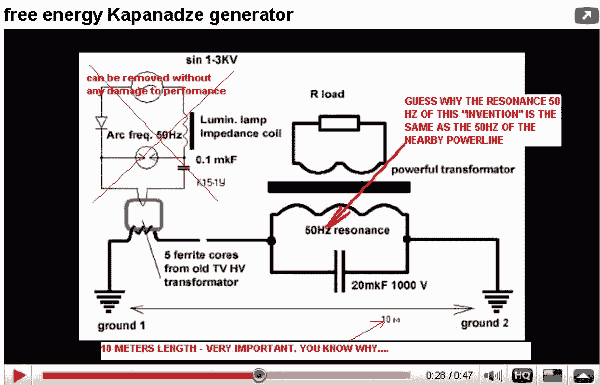
An inventor from the Republic of Georgia, Tariel Kapaladze, claims to have developed a 5-kilowatt free energy generator. In a demonstration video, the device seemingly produces large amounts of energy without any visible source. While it appears to extract energy from the aether, some speculate that it may be drawing energy from the electrical grid.
The concept of a free energy generator, as presented by Tariel Kapaladze, raises significant interest and skepticism within the field of electrical engineering. The device reportedly operates by harnessing energy from the environment, a notion that aligns with theories of zero-point energy and the extraction of latent energy from the surrounding medium.
In practical terms, a free energy generator would typically consist of various components including coils, magnets, capacitors, and possibly resonant circuits designed to optimize energy capture and conversion. The generator may utilize principles of electromagnetic induction, where the movement of magnets relative to coils generates an electric current.
The design would likely incorporate feedback mechanisms to maintain operational stability and efficiency, potentially including a control circuit to regulate output. Additional elements such as rectifiers may be employed to convert alternating current (AC) generated by the device into direct current (DC) suitable for various applications.
The claims of producing energy without a visible source necessitate rigorous testing and validation. It is essential to conduct experiments under controlled conditions to measure the input versus output energy, ensuring compliance with the laws of thermodynamics. The scientific community remains cautious, as extraordinary claims require extraordinary evidence, and the feasibility of such devices often encounters scrutiny regarding their operational principles and adherence to established physical laws.Georgia Republic inventor, Tariel Kapaladze, claims to have invented a 5 kilowatt free energy generator. In a demonstration video, the device appears to produce copious amounts of energy from no visible source.
Though it appears to be extracting energy from the aether, some people think it could be a matter of getting energy from the electrical grid through.. 🔗 External reference
The concept of a free energy generator, as presented by Tariel Kapaladze, raises significant interest and skepticism within the field of electrical engineering. The device reportedly operates by harnessing energy from the environment, a notion that aligns with theories of zero-point energy and the extraction of latent energy from the surrounding medium.
In practical terms, a free energy generator would typically consist of various components including coils, magnets, capacitors, and possibly resonant circuits designed to optimize energy capture and conversion. The generator may utilize principles of electromagnetic induction, where the movement of magnets relative to coils generates an electric current.
The design would likely incorporate feedback mechanisms to maintain operational stability and efficiency, potentially including a control circuit to regulate output. Additional elements such as rectifiers may be employed to convert alternating current (AC) generated by the device into direct current (DC) suitable for various applications.
The claims of producing energy without a visible source necessitate rigorous testing and validation. It is essential to conduct experiments under controlled conditions to measure the input versus output energy, ensuring compliance with the laws of thermodynamics. The scientific community remains cautious, as extraordinary claims require extraordinary evidence, and the feasibility of such devices often encounters scrutiny regarding their operational principles and adherence to established physical laws.Georgia Republic inventor, Tariel Kapaladze, claims to have invented a 5 kilowatt free energy generator. In a demonstration video, the device appears to produce copious amounts of energy from no visible source.
Though it appears to be extracting energy from the aether, some people think it could be a matter of getting energy from the electrical grid through.. 🔗 External reference
